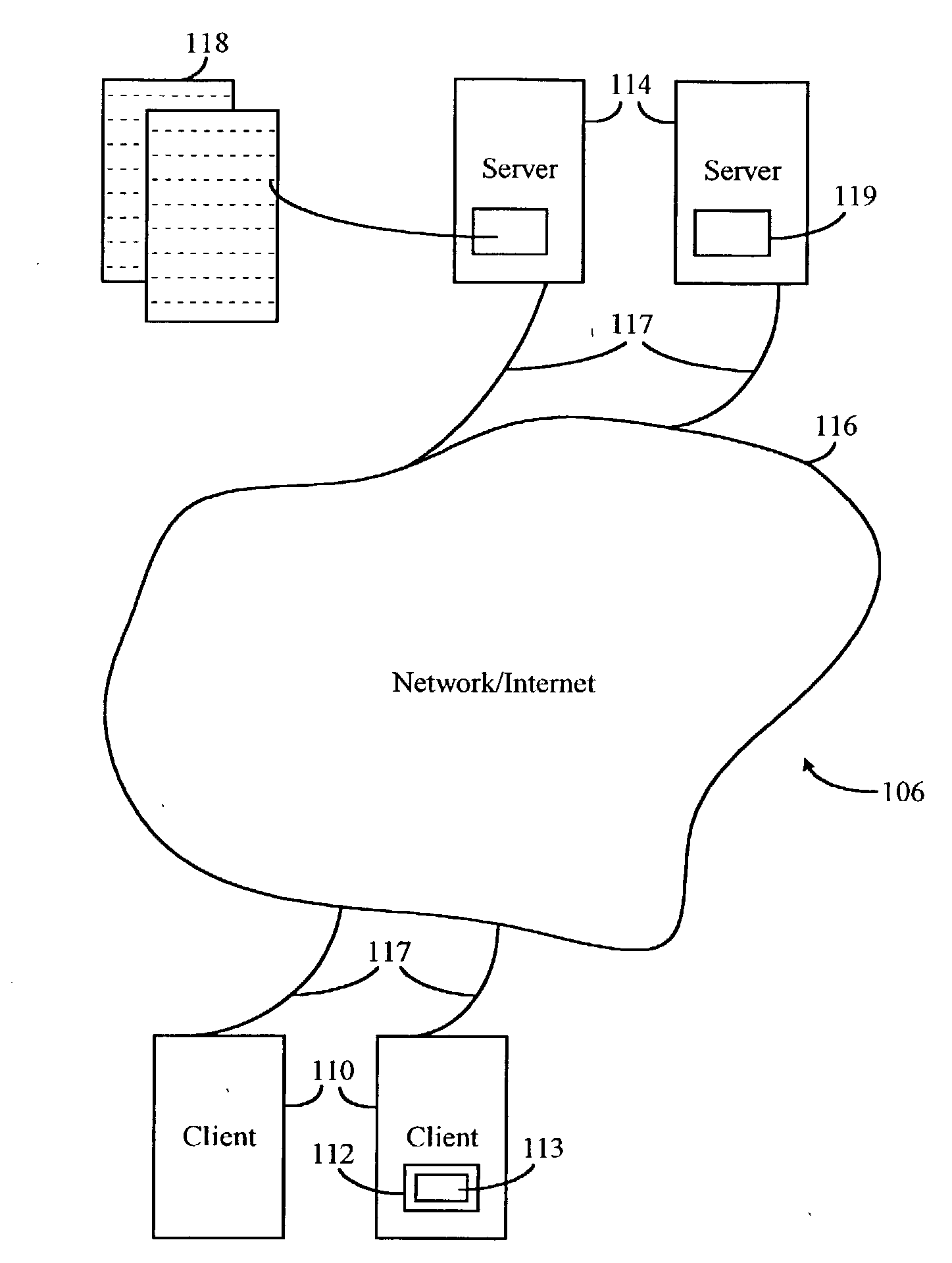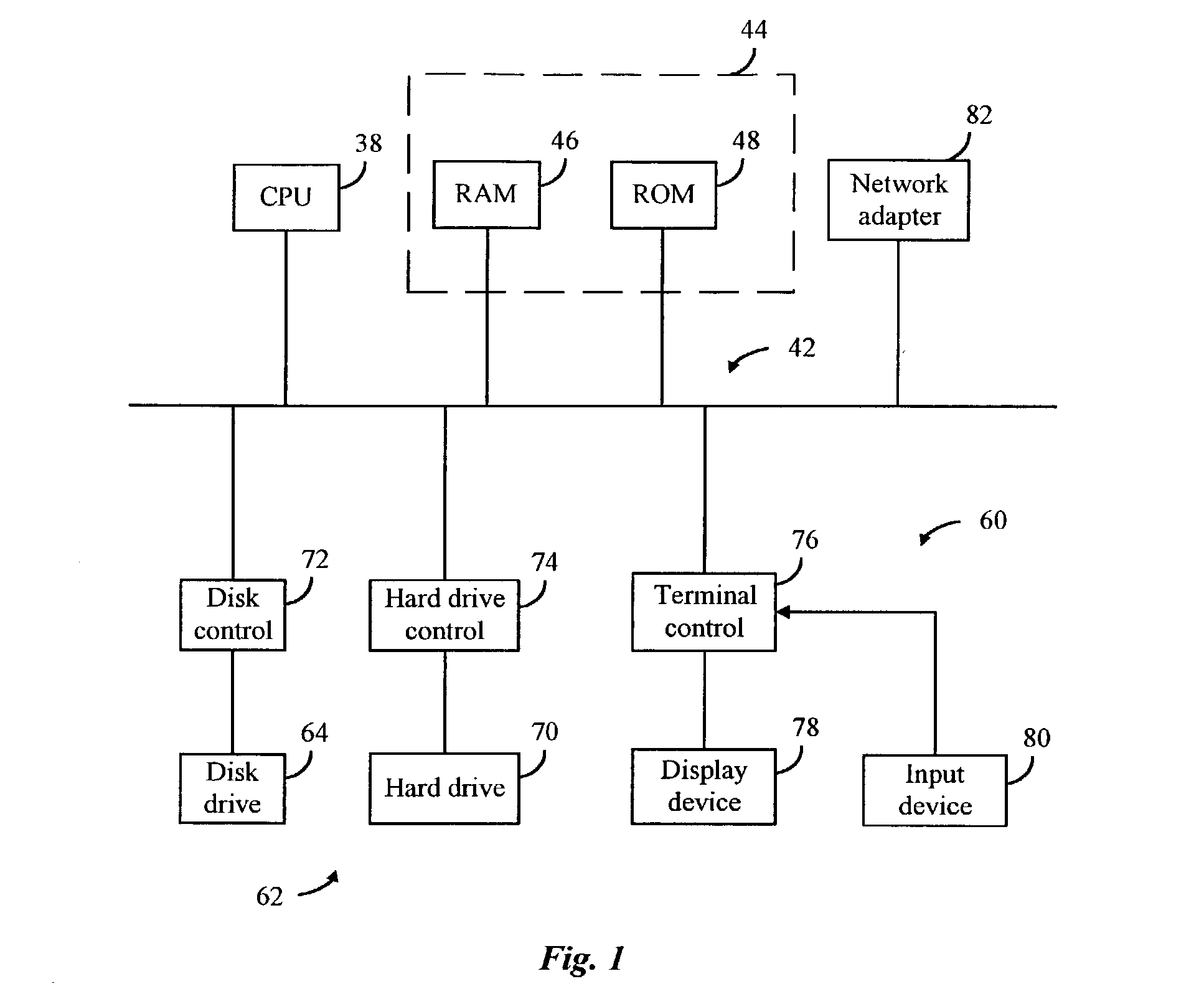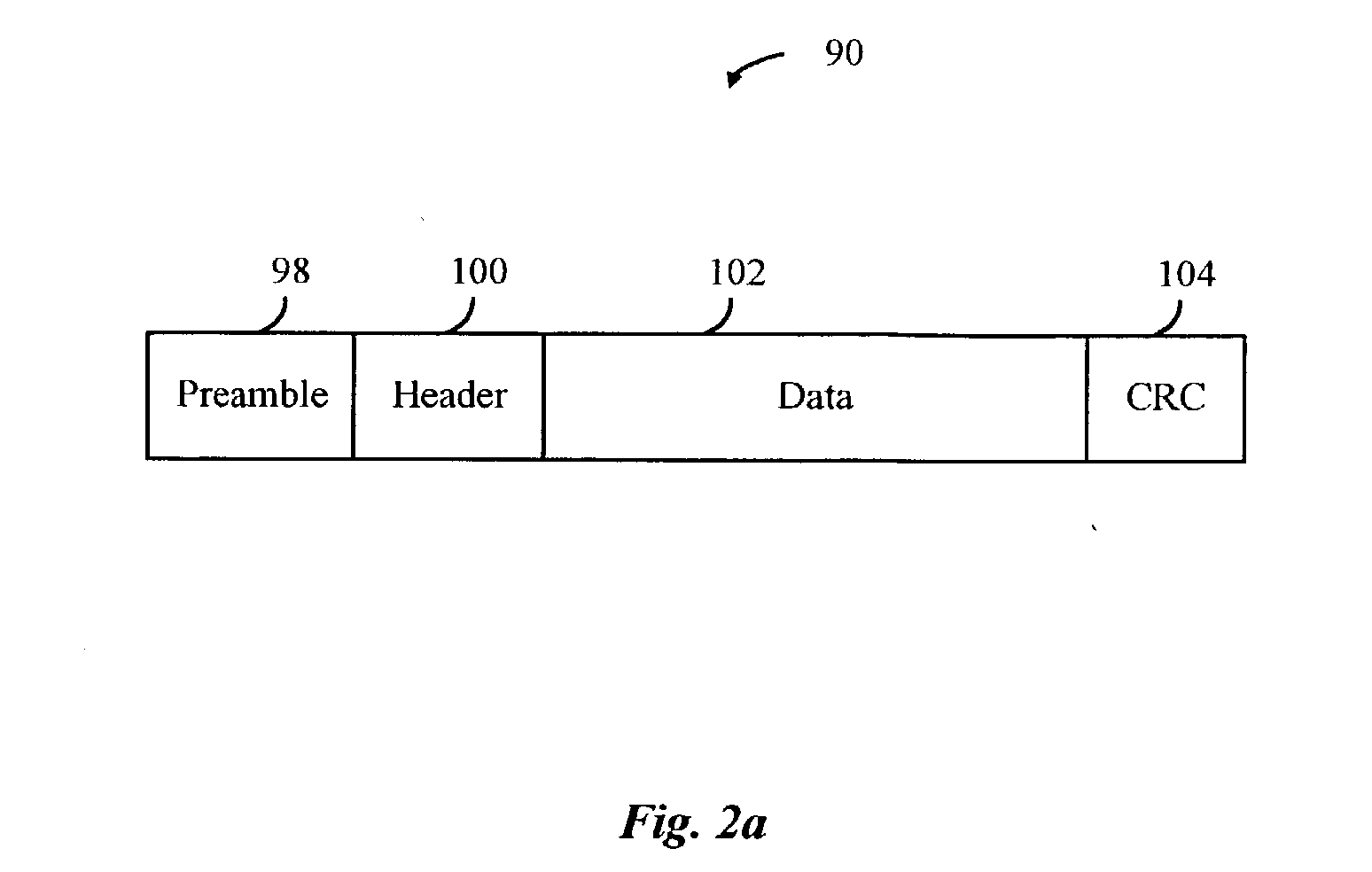Lack of maintaining such property rights due to failure of
payment may cause such property right to lapse and become transferred, expired, abandoned, or forfeited.
Currently, the APS
database is the representation of the original
library files of patent text data at the time of issuance and does not provide a
data field for the premature expiration status of a patent.
Though this is the
primary source of data provided for sale by the USPTO, commercial data vendors in turn have not recognized the potentially unrealized value of premature expiration information.
The release of the patent numbers only, limits the public to a manual, exhaustive, and inefficient cross-referenced retrieval of the newest patent documents that have prematurely expired, thereby creating for the first time a new need to compile this information.
The release of
trademark identifiers only, limits the public to a manual, exhaustive, and inefficient cross-referenced retrieval of the newest
trademark information that have expired, thereby creating a new need to compile this information for the purpose of mitigating such unnecessary use of human resources.
Although the release of the CASSIS-BIB disc can help with the search of patent expirations and allows the subscriber the privacy and cost benefits of such a
system, searching is limited to patent titles only, the disc is updated
every two months and is not cost effective to update more frequently.
As a result, it is not uncommon to see occasional errors like the reversal of digits within the patent number based on an operator's manual entry.
The issuance of the premature expired patent numbers by the USPTO has now become questionable in regard to method, policy, and accuracy of its use.
Though the
software is helpful for periodically obtaining the status and any changes of each patent application and / or patent, there is no mechanism for obtaining maintenance fee payment information nor does the
software, provide a generalized mechanism for determining which patents issued in a given week have been previously published while still pending.
Though confidential information is distributed before it is to be made available, released information is only first sent to the intended recipient after such information is made available, which does not solve the associated bandwidth and synchronization problems of delivering such newly available information to subscribers and / or the public.
As a result, exchange names were continually being reassigned causing
confusion and aggravation in communities throughout major cities in the country.
Though the WHOIS
database is a collection of facts and therefore can not be copyrighted.
It is apparent from these news articles that there is an ongoing struggle for control and ownership of the WHOIS database.
The abuse of SRS system resources can be attributed to factors such as not knowing precisely when or which domain names are purged from the registry, an accelerating
domain name expiration rate, particularly in the “.com” registry, and the increased organization of resources among the growing number of competing accredited registrars.
Though a registry can be considered a sole-
source data provider, no registry has ever published in advance precisely when which domain names are to become soon to be or newly available for registration because this might create too much demand or even chaos in a first come first serve (FCFS) system.
Instead, further strain and load by unnecessarily over accessing other system resources such as name servers, zone files, and WHOIS databases is becoming increasingly abused in an attempt to determine which domain names have the potential to soon be available for registration.
The process of managing and tracking numbers, available to a local service customer base is predominantly manual, increasing potential for error and loss of
data integrity.
Lack of specific business rules regarding number reservation and assignment have caused an inefficient use of the numbers and have negatively impacted sales and revenue.
Unfortunately, such a NRM system is not adapted to be in any communication with a national phone number status database enabling such system functions to operate regardless of geography.
 Login to View More
Login to View More  Login to View More
Login to View More 


